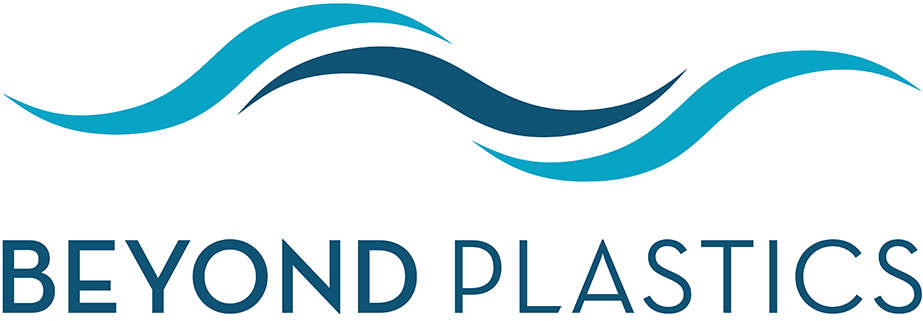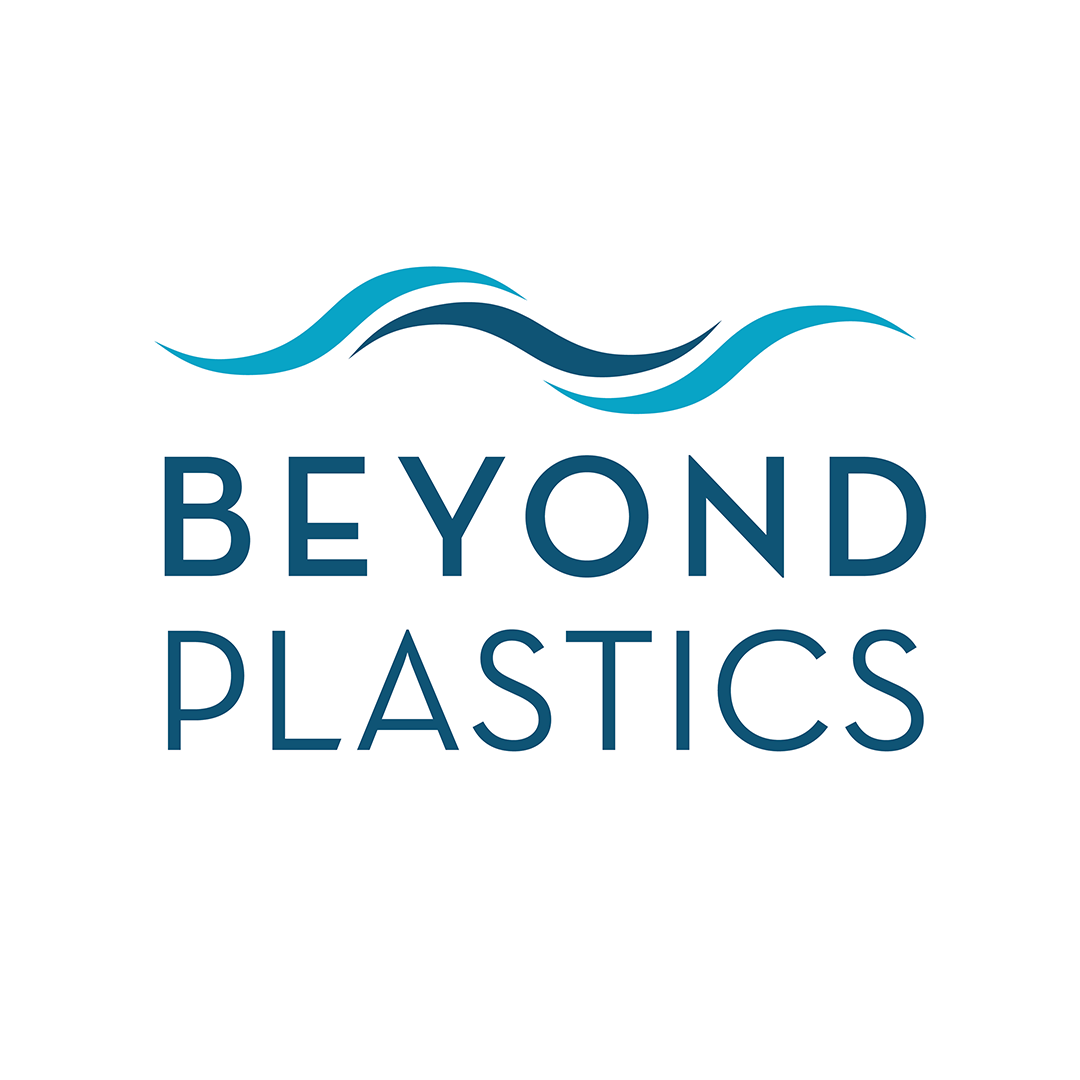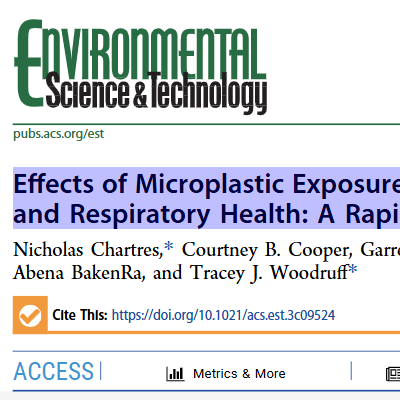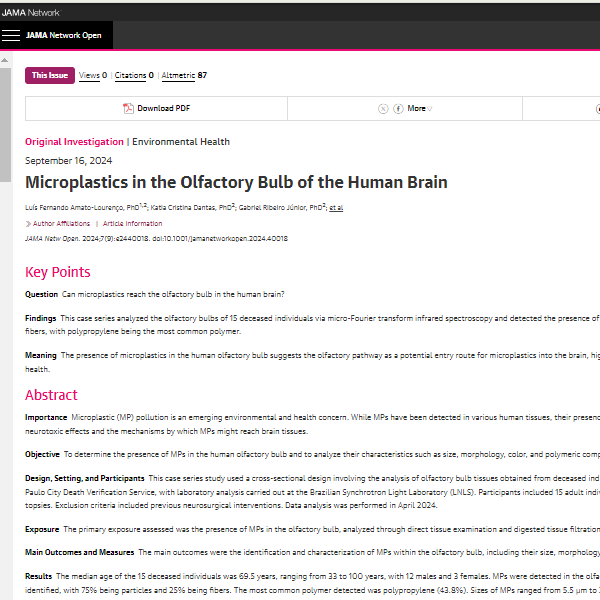REPORTS & STUDIES
This study presents, for the first time, a comprehensive evaluation of microplastic ingestion levels in four ecologically and commercially significant crustaceans, spanning two distinct regions in the Mediterranean Sea. By addressing this critical knowledge gap, a consistent methodology was used, enhancing data comparability and providing novel insights into regional and species-specific patterns of microplastic exposure.
For decades, the plastic industry has promised that recycling would solve the problem of plastic waste, yet the plastic crisis continues to grow. The dismal U.S. plastic recycling rate continues to hover around 5 percent. Globally, plastic use is projected to almost triple by 2060, relative to a 2019 baseline.
NRDC’s new issue brief “More Recycling Lies” confirms and expands on our previous findings: So-called “chemical recycling” is mostly plastic incineration.
We show that circulating MPs are phagocytosed and lead these cells to obstruction in the capillaries of the brain cortex. These blockages as thrombus formation cause reduced blood flow and neurological abnormalities in mice. Our data reveal a mechanism by which MPs disrupt tissue function indirectly through regulation of cell obstruction and interference with local blood circulation, rather than direct tissue penetration.
We concluded that exposure to microplastics is “unclassifiable” for birth outcomes and gestational age in humans on the basis of the “low” and “very low” quality of the evidence. We concluded that microplastics are “suspected” to harm human reproductive, digestive, and respiratory health, with a suggested link to colon and lung cancer. Future research on microplastics should investigate additional health outcomes impacted by microplastic exposure and identify strategies to reduce exposure.
The study shows plastic exposure as a significant CVD risk factor regardless of duration. It leads to changes in myocardial tissue, gut microbiota, and metabolites, all closely tied to CVD.
In this brief, we present highlights from the significant body of science indicating that plastic building materials are contributing to serious health and environmental harms over their life cycle, from fossil fuel extraction to production, use, and disposal. These impacts fall disproportionately on susceptible and marginalized people, including women, children, Indigenous people, low-income communities, and people of color. We share examples of solutions and offer recommendations to strengthen policies that will reduce plastic use in the built environment and associated life cycle harms.
This study presents the first definitive confirmation of microplastic presence in the human stomach, based on samples from 26 cadavers. 97 microplastic particles were extracted from stomach contents, across all 26 individuals, revealing a universal prevalence of microplastics in the cadavers.
Our findings highlight the potential reproductive health risks posed by microplastic contamination, particularly PTFE, a non-stick pan coating material, and raise concerns about the potential of urine testing as an indicator of male reproductive microplastic exposure. Future research is warranted to further elucidate the mechanisms underlying the adverse effects of microplastics on male fertility and cross-generational effects.
This case series provides evidence of MPs found in the human olfactory bulb, suggesting a potential pathway for the translocation of MPs to the brain. The findings underscore the need for further research on the health implications of MP exposure, particularly concerning neurotoxicity and the potential for MPs to bypass the blood-brain barrier.
Pyrolysis-gas chromatography-mass spectrometry (Py-GC/MS) is an emerging thermal analysis technique that reliable qualified and quantified data for MPs risk assessment of human health [15], [26]. Laser direct infrared spectroscopy (LD-IR) has been widely used to characterize of MPs, including their type, size, and morphology [12]. This study utilized Py-GC/MS, LD-IR, and scanning electron microscopy (SEM) to analyze and identify the accumulation of MPs in the bone marrow. The results provide crucial data for evaluating the risks of MPs on human haematopoietic injury, and support further studies with larger sample sizes and more detailed designs to explore the health implications of MPs in human bone marrow.
Ohio River Valley Institute’s July 2024 report explores the many reasons why chemical recycling is a false promise for the region, from hazardous chemicals, to greenhouse gas emissions, the habitat and ecosystem degradation, to the technology’s expense and general lack of success, and more.
Our study revealed the presence of microplastics in all canine and human testes, with significant inter-individual variability. Mean total microplastic levels were 122.63 µg/g in dogs and 328.44 µg/g in humans. Both humans and canines exhibit relatively similar proportions of the major polymer types, with PE being dominant. Furthermore, a negative correlation between specific polymers such as PVC and PET and the normalized weight of the testis was observed. These findings highlight the pervasive presence of microplastics in the male reproductive system in both canine and human testes, with potential consequences on male fertility.
Rising global concentrations of environmental micro- and nanoplastics (MNPs) drive concerns for human exposure and health outcomes. Applying pyrolysis gas chromatography-mass spectrometry (Py-GC/MS) methods to isolate and quantify MNPs from human samples, we compared MNP accumulation in kidneys, livers, and brains.
Although there is a wealth of scientific information on plastic chemicals and polymers to inform policymakers, implementing this evidence is challenging because information is scattered and not easily accessible. The PlastChem report and database address this issue by comprehensively and consistently synthesizing the state of the science on plastic chemicals, including their hazard properties, and their presence in polymers. The state-of-the-science report provides the publicly available evidence to inform policy development that protects public health and the environment.
Plastic waste is a growing problem, and as plastics break down the pieces can be problematic. A new study in Science Advances suggests that tiny plastic particles may be the latest environmental contributor to Parkinson’s disease (PD)
Plastic waste is a growing problem, and as plastics break down the pieces can be problematic. A new study in Science Advances suggests that tiny plastic particles may be the latest environmental contributor to Parkinson’s disease (PD)
Our findings demonstrate the presence of MPs in human joints and suggest that further studies are needed to explore the intricate associations between MPs and anatomical location, clinical diagnosis, and local cellular responses.
After a months long investigation, backed by interviews, regulatory filings, and visual evidence reveals that the facility has yet to start commercial scale production four months later. We have spoken with Ohio regulators that have contradicted company claims, and former employees that have exposed numerous issues. We believe PureCycle has mislead investors about the launch of its facility, or at the very least, will not come anywhere close to meeting production targets.
All types of water pipes, not only lead, can release chemicals into drinking water. Plastic pipes, which are constructed from potentially dozens of different chemicals, release more contaminants into drinking water than unlined metal pipes, which are built of few materials. Communities need to understand the potential health risks associated with different water pipe materials so that they do not end up with what’s known as a “regrettable substitution,” or a situation in which a selected alternative turns out to be just as bad, if not worse, as the original option.
All types of water pipes, not only lead, can release chemicals into drinking water. Plastic pipes, which are constructed from potentially dozens of different chemicals, release more contaminants into drinking water than unlined metal pipes, which are built of few materials. Communities need to understand the potential health risks associated with different water pipe materials so that they do not end up with what’s known as a “regrettable substitution,” or a situation in which a selected alternative turns out to be just as bad, if not worse, as the original option.
Every day, PVC production exposes communities around the country to vinyl chloride and other PVC chemicals, a result of the inadequate U.S. regulatory system that allows the use of the most hazardous chemicals and plastics. This investigation uncovers the largest polluters of vinyl chloride in the U.S. and maps the communities regularly exposed to this dangerous chemical and its waste products.
The Minderoo-Monaco Commission on Plastics and Human Health has produced an extensive analysis of the plastics’ negative impacts on: i) human health and well-being focusing on vulnerable populations, ii) on the global environment focusing on ocean health, and iii) the economy. The report includes highly valuable sustainable solutions that can be implemented by governments and industries to minimize the negative consequences of global plastic contamination This is an urgent problem that must be addressed in the worldwide agenda in parallel to climate change, as they are closely interconnected.
Microplastics (MPs) are ubiquitous in the environment, in the human food chain, and have been recently detected in blood and lung tissues. To undertake a pilot analysis of MP contamination in human vein tissue samples with respect to their presence (if any), levels, and characteristics of any particles identified. This study analysed digested human saphenous vein tissue samples (n = 5) using μFTIR spectroscopy (size limitation of 5 μm) to detect and characterise any MPs present.
This report responds to a joint request from the California Senate Committee on Environmental Quality and the Assembly Committee on Natural Resources for evidence concerning human health effects of microplastics and public policies related to microplastics prevention and mitigation.
Research was conducted by the California State Policy Evidence Consortium (CalSPEC), anindependent program administered through the University of California Center Sacramento (UCCS) and composed of faculty, staff, and graduate student researchers across UC campuses who evaluate evidence to inform public policy deliberations.
For the third year, Oceana analyzed e-commerce packaging data and found that Amazon generated 709 million pounds of plastic packaging waste in 2021. This is a 18% increase of Oceana’s 2020 estimate of 599 million pounds and is enough plastic to circle the Earth more than 800 times in the form of air pillows. Oceana found, based on data from a peer-reviewed study on plastic waste pollution published in Science in 2020, that up to 26 million pounds of this plastic waste will end up in the world’s waterways and seas.
The report exposes misinformation spread by the fossil fuel industry about advanced recycling, chemical recycling, and other toxic and climate-damaging technologies that melt, boil, and burn plastic waste. Just Zero’s report focuses on the American Chemistry Council’s extensive lobbying efforts to create state law loopholes that help these facilities evade public oversight and environmental protections, and provide financial support for advanced recycling.
The health and environmental impacts of plastics are a global crisis. Scientific evidence shows that we have broken through the “planetary boundaries” for chemical and plastics pollution, meaning that production and emissions may be threatening the stability of the entire global ecosystem. To best understand what plastics pollution is, one must understand what plastic is: a material made from carbon (fossil fuels) and chemicals. Plastics do not exist without chemicals, and harmful chemicals are released at every phase of the plastics life cycle – from oil extraction to plastics production, transport, use, and disposal.
Per day, a krill-obligate blue whale may ingest 10 million pieces of microplastic, while a fish-feeding humpback whale likely ingests 200,000 pieces of microplastic. For species struggling to recover from historical whaling alongside other anthropogenic pressures, our findings suggest that the cumulative impacts of multiple stressors require further attention.
While PFAS compounds are believed to be ubiquitous in U.S. waterways, no nationwide surface water quality survey exists. As a result, the levels and effects of PFAS are unknown for many rivers, streams, lakes, and other U.S. surface waters that serve as drinking water sources, recreational waters, and fisheries. To address this troubling lack of information about the presence of, and dangers posed by, PFAS in U.S. surface waters, Waterkeeper Alliance contracted with Cyclopure, Inc., a materials science and environmental engineering firm headquartered in Illinois, to help conduct a monitoring project in which we worked with more than 100 Waterkeeper groups across the United States on an unprecedented initiative to test U.S. surface waters for PFAS contamination.
Plastics harm people, the environment, and the economy (“social costs”). Some social costs will inevitably turn into compensation claims against the plastics industry (“corporate liabilities”), which may present these claims to their insurers. In this report, for the first time, we provide quantitative estimates of both the social costs and the corporate liabilities emerging from all forms of plastic-related pollution.































